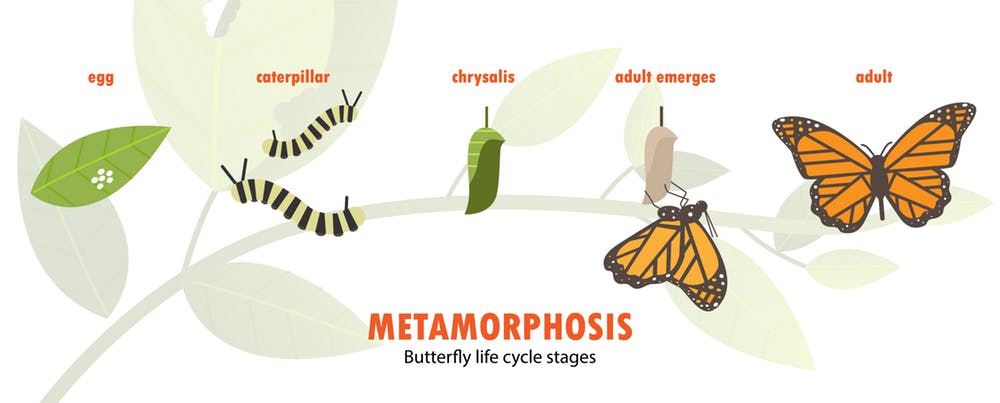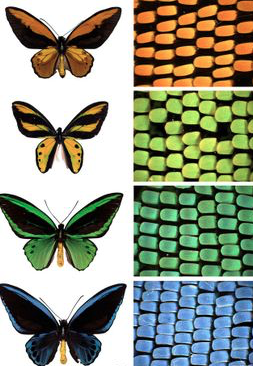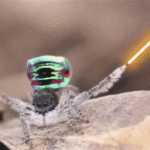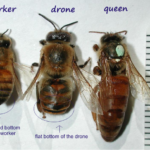
Butterflies and moths of the Perth Hills, Western Australia, by Eric McCrum – Darling Range Branch of the WA Naturalists’ Club
Special thanks to Rachel Green, Chairperson 2017 – 2018 Darling Range Branch of the WA Naturalists’ Club, for the pdf. of the presentation. I have tried to include the closest colour versions I could find along with the summary.
Part 1: Butterflies and moths of the Perth Hills, Western Australia, by Eric McCrum
Summary:
– The word butterfly came from one instance where a butterfly the colour of butter was seen. Only 359 species of them
– Talks about The dictionary of butterflies and moths in colour, Butterflies of Australia, Bring Back the Butterflies and finally a foldout by Domino of all the butterflies illustrated in Australia.

– Butterflies belong to a big family called Lepidoptera. Lepido means a scale like fishscale and ptera means wing. You can take just one scale of a butterfly and identify the butterfly like human DNA. They don’t live lone because the scale get knocked off as they fly and bump around things.
– The difference between butterflies and moths is that the butterflies fold their wings above their belly (think Starwars or Back to the Future car). Moths fold their wings down over and round their body (like most normal flying things).
– The wanderer butterfly was introduced because the collectors didn’t have big ones. The spots on the back indicate it to be male.
– Butterlies mating look like they’re reversing into each other. The males have a longer spine. Then the female finds her food plant and lays her eggs on the plant. Ants and praying mantises predate them so not all eggs are guaranteed to hatch.
– All caterpillars have 6 legs! So the first size at the front of the caterpillar are the real lets. The others are called pro-legs. And then they have a couple in the end too. You will notice that the looper caterpillars walk like they’re making a loop where the middle forms a loop as the front and rear move closer to each other. So they eat and grow and shed. This process repeats until it’s ready to pupate. Then they start spinning silk out of their mouth and at the other end of the body they have an anchor called a cremaster. The hook the cremaster to the silk and the miracle happens! 5 minutes later it rolls of its skin like a sock and under the skin is the chrysalis. Whatever is inside will melt, turn into soup and rebuild itself slowly.
Monarch Butterfly Metamorphosis
– The legs disappear. Wings will form. The biting mouth will be replace with a drinking straw (eco-friendly of course). The butterfly comes out and pumps its wings with blood. Stay that way for about 2 hours so the liquid goes hard so that it can beat its wings.
– The palm dart caterpillar finds long curvy leaves that it uses as a shelter. It will spit out silk from its mouth and create stitching at the edge of the leaves to enclose itself in the protection.
– There are 6 families of butterflies in Australia. The palm dart is part of the hesperiidae. The hesperiidae has 106 different species. They have names like flats (because they were flat), palm darts, skippers, awls and grass darts.
– Butterflies have completely different top and bottom wing patters. (Slides of different butterflies found in the hills, click to see pdf of presentation images)
– The butterfly has a drinking straw which it uncurls to dip into liquid and curls it back up after it’s finished sucking up all the good stuff.
Part 2: Butterflies and moths of the Perth Hills, Western Australia with Eric McCrum
Summary:
– If you see mistletoes next time, have a closer look for the wood white caterpillar.
– Pieridae is the next butterfly family and they have 31 different species. Named whites, yellows or migrants.
– Fun fact. Peacocks tail feathers are all black. The colourful ones are back feathers.
– The argus butterfly is named because of the argus pheasant who has the same eyes on the feathers like the peacock. The butterfly has these eye looking designs to stop predators from attacking or eating them.
– The western brown male butterfly comes out first and then the female.

– Australian admiral caterpillar’s food plant is stinging nettles. The admiral butterflies love the blaga/black boy flowers.
– Some butterflies with black bodies and white spots will look like they only have 4 legs but that is because the first pair are non-functional and hidden in their body.

– Hebrew names: Vanessa means butterfly. Melissa means honeybee. Rachel is a ewe. Rebecca is a heifer. Back in the day the animals were important so they were the names given to girls.
– Fun facts: Balgas are part of the lily family. Everything in 3s. 3 petals, 6 stamens, 3 seeds. Beautiful numbers in nature. Mammal means milk glads. If you have 5 digits on 4 limbs your milk glands are between your front legs (hands). If you have less numbers then your milk glands are between your back legs. If you are odd like a dog or a cat then you have them along the body. Only the pig is an exception, maybe thats why the bible has it as an unclean animal.
– (Slides of different butterflies found in the hills, click to see pdf of presentation images)
– Some of the brown ones can hide in nature no matter how big they are.
– Butterfly – Ant liaison!!! Wow! So there is a special type of butterfly that doesn’t lay the eggs on the respective food plant but looks for ant nests around. Sticks the abdomen in the hole and lays the eggs there. The ants take the eggs and wait for the to hatch. Then the ants take the babies to the food plant for the babies to eat and then takes them back home. Now the ants know that if they tickle the caterpillars a certain way the caterpillars bring out stuff called honeydew. So there is a mutual interest. After the caterpillar has shed a few times it becomes so big that 4-5 ants have to carry it around. When it’s time for chrysalis the ants widen the opening ant hole for the butterfly to emerge.



